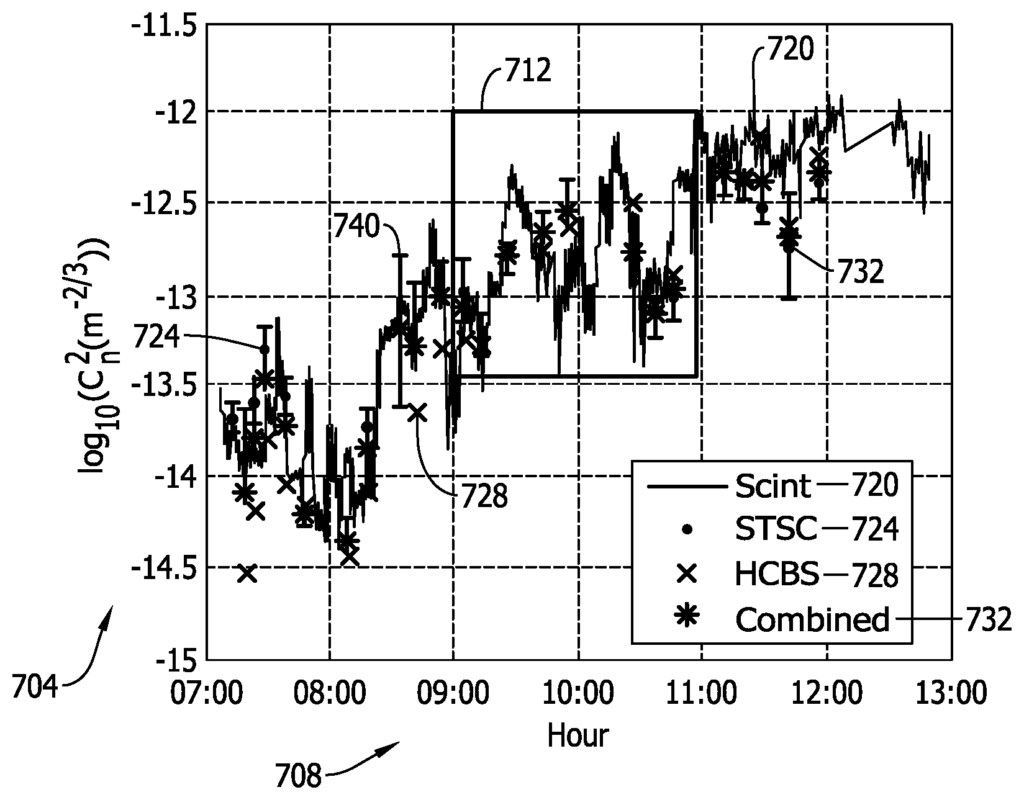Accurate Turbulence Measurement with a Passive Monitoring System
Introduction
Turbulence is a critical factor in various fields, from aviation safety to environmental monitoring. However, measuring the strength of turbulence accurately and efficiently has long been a challenge, requiring complex, often invasive systems that disrupt the environment or operational flow. Our patented passive method to measure the strength of turbulence offers an innovative, non-intrusive solution. By utilizing passive techniques, this system provides precise measurements of turbulence strength in real-time, without the need for disruptive equipment or interference with surrounding conditions. This technology represents a significant advancement for industries where understanding turbulence is key to safety, efficiency, and scientific discovery.
Current Limitations in Turbulence Measurement
In aviation, turbulence poses a significant safety risk to aircraft, making it essential to monitor and predict turbulence with precision. Traditional methods often rely on active detection systems such as radar, which can be expensive, invasive, and limited in range. Similarly, in environmental research, measuring turbulence in atmospheric conditions or oceanic currents is a critical task for understanding weather patterns, climate change, and fluid dynamics. Yet, the tools available today are often intrusive, require complex installations, or disrupt the natural flow of air or water being measured.
For industries that depend on turbulence data—whether to improve safety, optimize performance, or conduct research—there is a need for a more efficient, cost-effective solution that provides accurate data without introducing significant disruptions or costs.
A Passive Solution for Precision Turbulence Measurement
Our patented system offers a passive method to measure turbulence strength, leveraging environmental data and natural signals to gauge turbulence intensity without the need for invasive or active detection methods. This system allows for continuous monitoring of turbulence, providing valuable real-time insights across various environments. Its passive nature means that it can be deployed in sensitive or hard-to-reach locations—such as high altitudes or deep ocean environments—without interfering with the surrounding conditions.
In aviation, this technology can be integrated into aircraft to improve onboard turbulence monitoring, contributing to safer flights by allowing pilots and systems to react more quickly to turbulence changes. In meteorology, it provides a tool for more accurate modeling of atmospheric disturbances, enhancing weather prediction models. Meanwhile, in oceanography, this system can help researchers better understand oceanic turbulence and its effects on marine ecosystems, offering new opportunities for scientific advancement.
Key Benefits
- Non-Intrusive Monitoring: Provides accurate turbulence measurements without interfering with the environment or operational flow.
- Real-Time Data: Delivers continuous, real-time data on turbulence strength, allowing for timely reactions and decision-making.
- Versatile Applications: Suitable for use in aviation, meteorology, oceanography, and industrial fluid dynamics.
- Cost-Effective: Reduces the need for expensive active detection systems, offering a more affordable solution for measuring turbulence.
A Smart Approach to Turbulence Monitoring Across Industries
Licensing this passive method to measure turbulence strength offers companies and researchers in aviation, environmental science, and oceanography a powerful tool for improving safety, efficiency, and scientific understanding. By providing an accurate, non-invasive way to monitor turbulence, this technology can significantly enhance performance and decision-making in critical operations.

- Abstract
- Claims
What is claimed is:
1. A method for determining turbulence information for an atmospheric distance comprising:
5. The method of claim 1 wherein spatial/temporal spectrum characterization processing includes:
process the average power spectral density data in relation to a Kolmogorov spectrum to obtain a value proportional to the index of refraction structure constant (cn 2); and
6. The method of claim 1 wherein high confidence block shift processing includes:
9. A computer-readable medium having non-transitory computer-executable instructions for determining turbulence information for an atmospheric distance, wherein the computer executable instructions are executed on a processor and comprise the steps of:
13. The computer-readable medium of claim 9, wherein high confidence block shift processing includes:
16. A system for determining turbulence information for an atmospheric distance, the system comprising:
20. The system of claim 16 wherein high confidence block shift processing includes:
23. The system of claim 16 wherein spatial/temporal spectrum characterization processing includes:
Share
Title
Passive method to measure strength of turbulence
Inventor(s)
Mary Morabito O'Neill, David Terry
Assignee(s)
Mission Support And Test Services LLC
Patent #
20190373172
Patent Date
December 5, 2019
